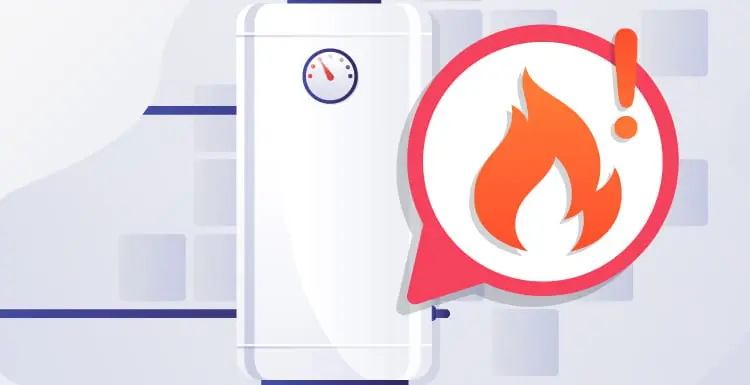What are the reasons a water heater pilot won’t stay lit?
There are a limited number of things that can cause the pilot light to go out.
And you can bet that our complete guide covers every one of them.
We partnered with Networx to help you find local plumbers in your area. Click to below to get a FREE quote.
Pilot Light Won’t Stay Lit?
Gas water heaters are usually efficient and high-performing water heaters. Their annual energy costs are lower, they don’t stop working in a power outage, and they quickly heat water to the perfect temperature.
But all of this relies on one thing that sometimes goes wrong: the pilot light. When a gas water heater pilot won’t stay lit, the water heater can’t heat the water inside the tank.
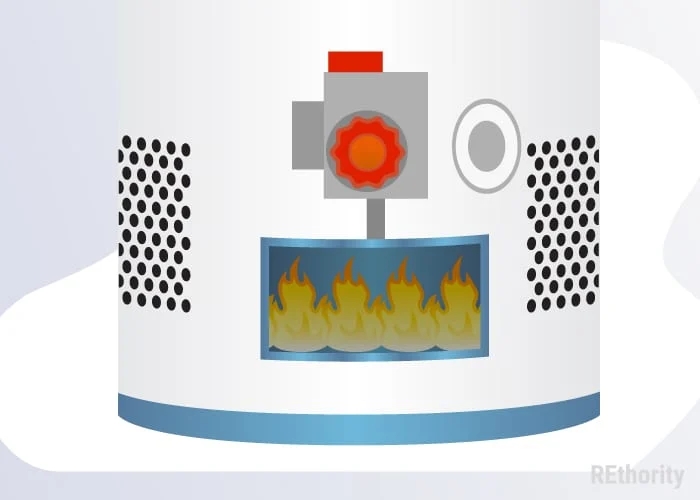
That small, characteristic blue flame is essential for a gas water heater to work. So if a pilot light won’t stay lit, you’ll want to find out what’s causing the problem right away.
Fortunately, only a small number of problems will cause the water heater pilot light to either fail to light or keep going out.
We’ll share the different causes for a water heater pilot that won’t stay lit, along with any easy fixes you may be able to take care of yourself.
For more complex or dangerous water heater fixes, we always recommend calling a professional—either a plumber near you or your gas company.
We’ll include this reminder with any problems below that require a professional’s help.
5 Reasons a Water Heater Pilot Won’t Stay Lit
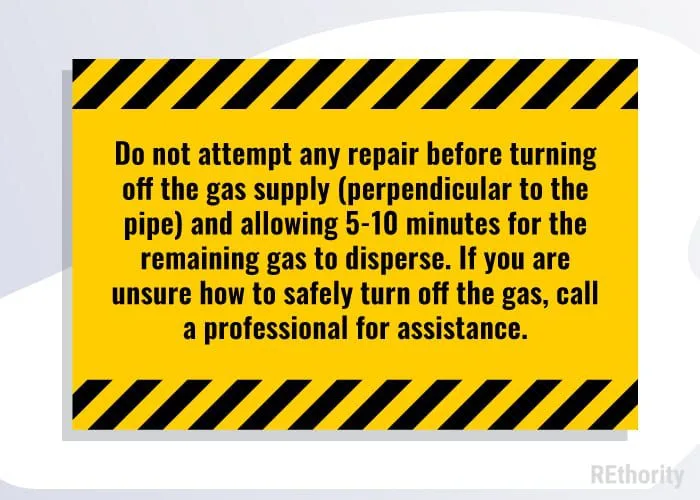
Find the five most common reasons a water heater pilot won’t stay lit. The most common problem is a faulty thermocouple (explained in detail below).
But that may not be your water heater’s issue. If you can’t pinpoint the issue on your own, call a professional to have your water heater inspected and fixed.
Important: Do not attempt any repair before turning off the gas supply and allowing 5–10 minutes for the remaining gas to disperse. If you are unsure how to safely turn off the gas, call a professional for assistance.
1. Thermocouple
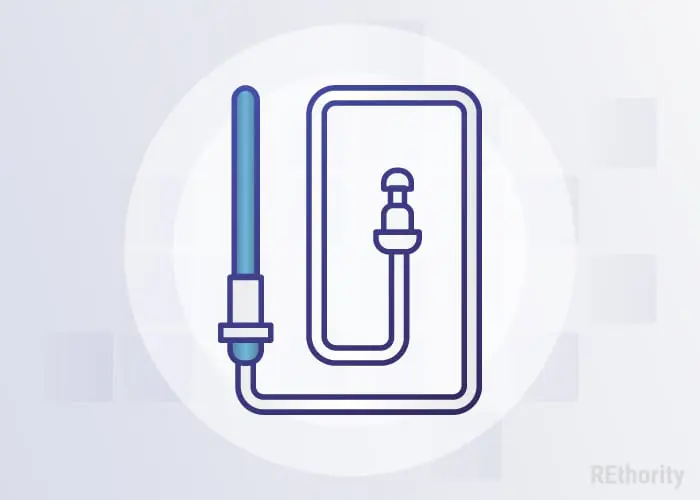
A bent, dirty, or damaged thermocouple could be the reason your water heater pilot won’t stay lit. The thermocouple is an important component you’ll see in most modern gas water heaters.
This part senses when the pilot light is on using an electric current. That current is powered by the heat that comes from the pilot light.
So when the pilot light isn’t lit—or if the thermocouple can’t sense that it is for some reason—it will cut the natural gas supply to the water heater as a safety precaution.
Normally, this is a good thing. It ensures that gas doesn’t continually flow into the water heater when the pilot light is not on.
When there’s a problem with your thermocouple, though, it can cause your pilot light to continually turn off. Here are three common problems you may have with your thermocouple:
A dirty thermocouple stops the electric current from traveling through, causing the part to cut the flow of gas because it thinks the pilot light is off.
- The fix: You can clean a dirty thermocouple to see if this is your problem, but do not attempt this without ensuring the gas valve is completely turned off. You don’t want to go near leaking gas! Call a professional to have the thermocouple checked out, cleaned, or replaced to be 100% safe.
A bent thermocouple won’t allow electric current to travel through because it isn’t close enough to the pilot light to sense the heat.
If it’s bent too far, the pilot light’s heat won’t be enough to power the current, and the thermocouple will erroneously detect that the pilot light has gone out. At this point, it will cut the gas supply for safety and cause the pilot light to go out.
- The fix: You can try and straighten out the thermocouple or point it closer to the pilot light to see if this fixes the issue. In this case, you’d gently bend the part back toward the pilot light so that the flame will barely touch it when it’s lit. Do not attempt to do this without cutting off the gas supply valve and allowing the thermocouple to cool completely first.
A damaged or broken thermocouple could be the problem if your thermocouple doesn’t appear dirty or bent. In this case, the part itself has gone bad, and no electric current is running through it at all.
- The fix: The only way to know for sure that your thermocouple is damaged or broken is to remove it and test it with a multimeter. Even if you find or plainly see that it is damaged or broken, the only solution is a replacement. Leave this to a professional to avoid harming yourself or causing any further damage.
Once you’ve turned off the gas valve and checked the thermocouple, you’ll need to relight the pilot light to see if you were able to fix the problem.
How to Relight a Pilot Light
- With the gas valve off (perpendicular to the pipe), turn the gas knob to the Pilot setting or press the red button that starts Pilot mode.
- Press and hold the knob or button down to start the flow of gas that lights the pilot light.
- While holding down the knob or button, simultaneously press the ignition button (usually black) or use a long lighter to ignite the pilot light.
- Keep holding the gas knob or button down for a minute or so to ensure the pilot light gets plenty of gas flow. Slowly let go to make sure the pilot light stays lit.
- Only if you see that the pilot light is staying lit should you turn the gas knob back to the on position.
2. Pilot Tube
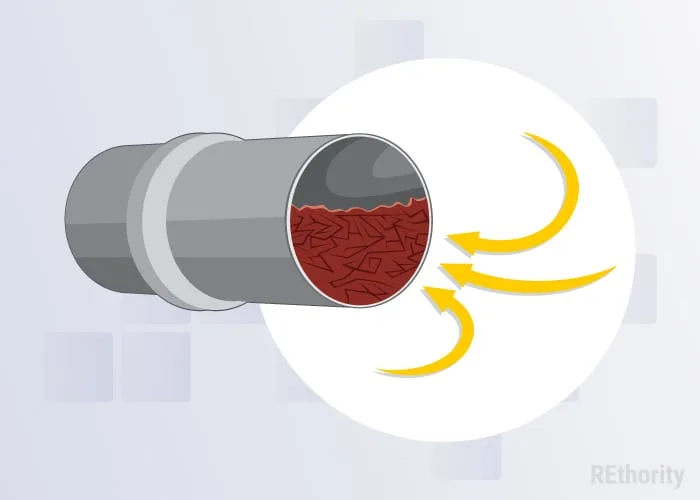
If you’ve looked at the thermocouple and it doesn’t seem to be the issue, it might be the pilot tube, sometimes called the pilot orifice. The pilot tube needs to be clear to allow gas to reach the pilot.
If it’s dirty or clogged, gas can’t adequately flow through. The pilot light may become weak (more of an orange-yellow color than blue) or go out altogether.
Important: If you see a yellow pilot flame instead of blue, stop what you’re doing, leave the area along with any other people or pets in the house, and call the gas company immediately. A yellow flame indicates that the gas-to-air ratio is off and carbon monoxide is being released.
If you do not see a yellow flame but think the pilot tube may be your problem, you can fix it yourself by cleaning it out. Be aware that this can be very dangerous if you fail to turn off the gas.
Also, be sure to wait 5–10 minutes for it to completely disperse! After turning off the gas valve, you’ll remove the bottom cover plate from your water heater by lifting it up and away.
Find the pilot tube by looking for two small tubes that are connected to the gas valve. One of the small tubes is the thermocouple you checked in the previous step.
The other is the pilot tube. Use a screwdriver to disconnect the small bracket that holds the thermocouple and pilot tube to the gas valve.
Then, pull the bracket out. Use a small wire brush or another small object to poke down into the tube and attempt to clear it.
Once you’ve cleaned it out, screw the bracket back onto the gas valve. Turn the gas valve back on and relight the pilot light (see instructions below).
How to Relight a Pilot Light
- With the gas valve off (perpendicular to the pipe), turn the gas knob to the Pilot setting or press the red button that starts Pilot mode.
- Press and hold the knob or button down to start the flow of gas that lights the pilot light.
- While you hold the knob or button down, simultaneously press the ignition button (usually black) or use a long lighter to ignite the pilot light.
- Keep holding the gas knob or button down for a minute or so to ensure the pilot light gets plenty of gas flow. Slowly let go to make sure the pilot light stays lit.
- Only if you see that the pilot light is staying lit should you turn the gas knob back to the on position.
3. Flex Gas Line
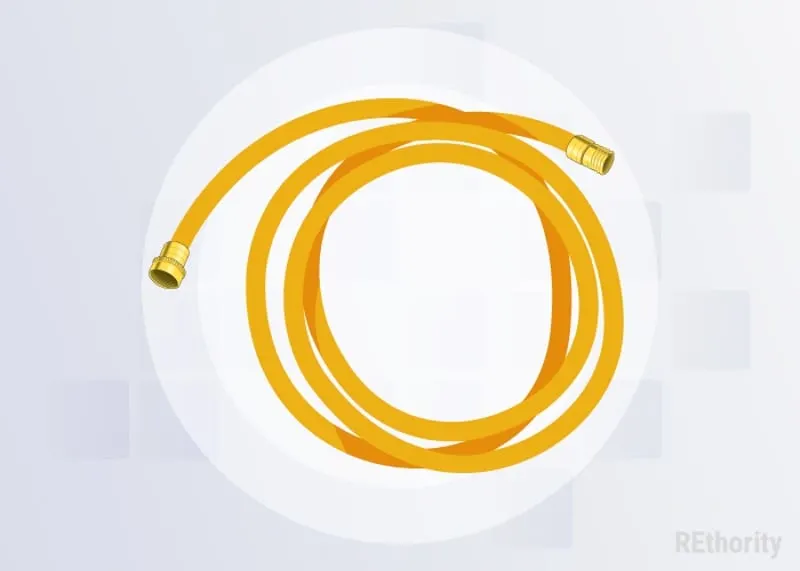
If it’s not the thermocouple and it’s not the pilot tube, it could be the flexible gas line. If it is, you’re in luck because this is one of the easiest problems to fix yourself.
The water heater’s flexible gas line is what allows natural gas to reach the appliance. If this line is kinked or bent so that gas can’t flow, the pilot light won’t stay lit, and the burner won’t kick on.
To try and fix this problem on your own, just take a look at the gas line. If it is flexible and visibly bent or kinked in one area, turn off the gas valve, wait 5–10 minutes for the gas to disperse, and then try to carefully straighten it out.
Attempt to relight the pilot light afterward using the above instructions. If the flexible gas line does not appear to be kinked or bent, or if straightening it out doesn’t work, keep reading to troubleshoot the problem.
4. Burner
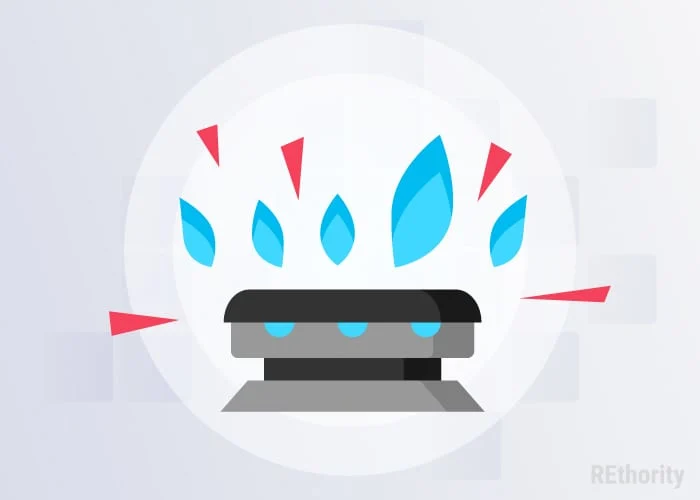
The water heater’s burner is an important component. It’s what burns the incoming natural gas to heat the water. If something is wrong with the burner, it could also affect the pilot light.
You should not attempt to fix or replace the burner on your own, but you can troubleshoot to see if this is a likely problem. Turn on a hot water tap and let it run for a few minutes.
Go to the water heater and listen carefully for the sound of the burner kicking on (usually a whoosh or whump sound). If you don’t hear it ignite, there’s a good chance the problem could stem from a faulty burner.
Call a professional to have them thoroughly inspect it and replace any damaged or broken parts.
5. Main Thermostatic Control or Gas Valve
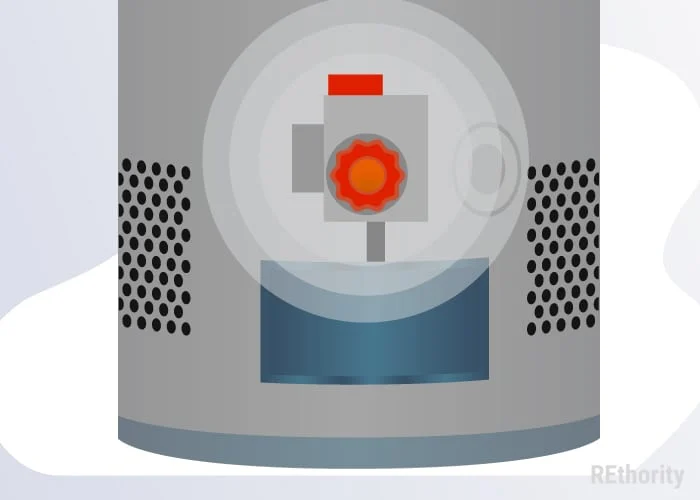
If none of the above troubleshooting steps seem to pinpoint the problem, it could be your water heater’s main thermostatic control or gas valve.
Sometimes, you’ll hear this called the main control valve. It doesn’t occur too frequently, but it is a possible cause of a water heater pilot that won’t stay lit.
This is another problem that will require a professional’s expertise. They will need to check the part with a multimeter to see if it is damaged.
If it is, they will need to either repair or replace the part. Sometimes, it makes more sense to just replace it. Your technician will be able to advise you on what to do.
This is not a DIY solution. Don’t attempt to diagnose or fix this issue yourself. Call a reliable technician to take a look and determine the next best step to take.
We partnered with Networx to help you find local plumbers in your area. Click to below to get a FREE quote.
Water Heater Pilot Light Won’t Stay Lit? Call a Pro!
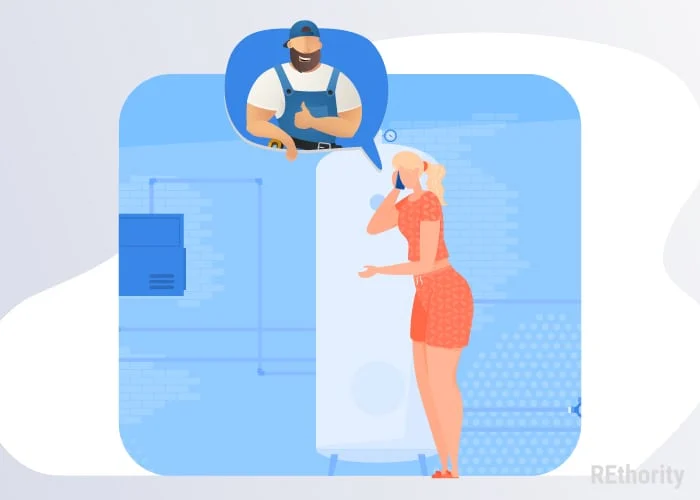
Reading through the above possible causes when your water heater pilot won’t stay lit may lead you to a simple solution (like unkinking the flexible gas line) that you can take care of yourself.
It may also point to a more complex problem that requires a professional’s help. Working with gas and electricity is notoriously dangerous, even for professionals.
It’s much more dangerous for the inexperienced. Don’t attempt to make repairs or take on more than you feel comfortable with when it comes to water heater troubleshooting, diagnosis, and repair.
Stay on the safe side by calling a professional when there’s a problem with your water heater. Finding a professional technician you can trust near you is essential.
Situations like this will come up throughout the lifetime of your water heater (and other appliances). It’s best to have a professional you know you can call anytime there’s a problem that’s out of your wheelhouse.

